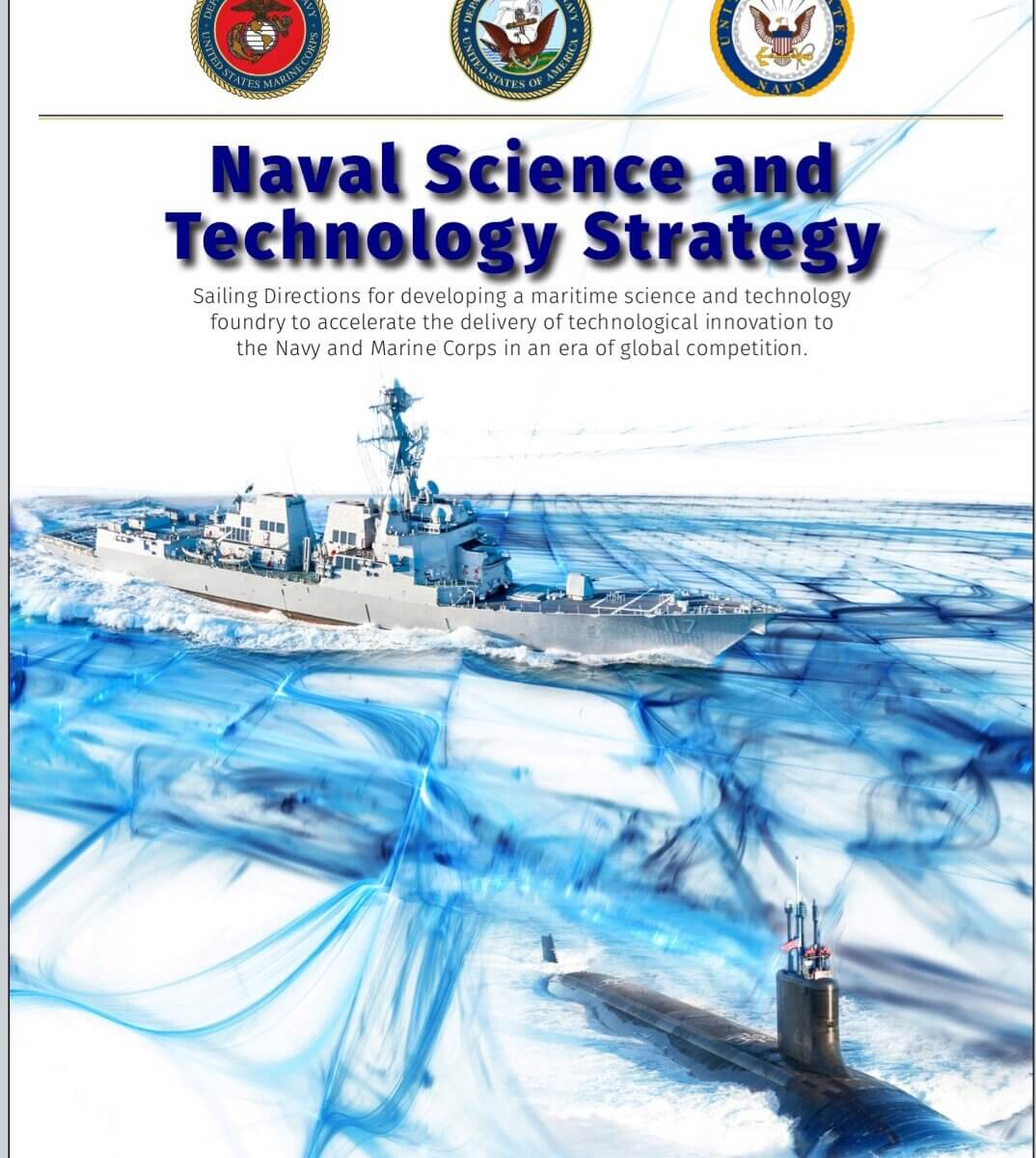
Introduction
In an era where technological innovation underpins maritime dominance, the U.S. Navy and Marine Corps are charting a course towards a future where scientific prowess and technological superiority define their operational capabilities. The unveiling of the 2024 Naval Science and Technology Strategy by the Honorable Carlos Del Toro, Secretary of the Navy, presents a visionary framework aimed at propelling the naval forces into a new era of technological advancements and strategic superiority.
As someone who served in the Navy during the 70s, this announcement resonates with me on a deeply personal level. I recall the thrill of working with Loran-C, a navigation system that, despite its limitations compared to today’s satellite technologies, was pretty cool for the time. It was a fascinating piece of technology that could triangulate radio signals from towers across the globe to provide a general location. Although it wasn’t perect, it was an aid in navigation and a marvel for a young man fascinated by gadgets. This early exposure to naval technology not only sparked my lifelong interest in innovation but also paved the way for my subsequent career in communications and technology.
Key Takeaways
The strategy emphasizes an accelerated path towards technological innovations, focusing on leveraging cutting-edge fields such as Artificial Intelligence, Quantum Computing, and Biotechnology. It underscores the importance of maintaining maritime technological dominance, fostering a culture of S&T excellence, and enhancing naval scientific diplomacy.
Why This Matters
The ever-evolving global security dynamics demand a Navy and Marine Corps equipped for both traditional and modern conflicts. This strategy is pivotal in ensuring that the United States retains its edge in maritime competition by making technological advancement a core pillar of its maritime strategy.
Implications for the Navy
Adopting this strategy signifies a transformative shift towards a more integrated and innovative approach to technology within the Navy. It calls for enhanced collaboration with the scientific and engineering communities, industry, and academia to create an ecosystem where technological breakthroughs rapidly transition into operational capabilities.
Why America Should Care
America’s prosperity and security are deeply intertwined with its maritime supremacy. This strategy extends beyond equipping the Navy and Marine Corps with advanced technologies; it’s about securing America’s ability to maintain its global leadership and strategic advantages.
Conclusions
The 2024 Naval Science and Technology Strategy sets forth a bold vision for a future where the fusion of science, technology, and naval warfare forms an unbeatable force. It’s a call to action for all stakeholders to contribute towards a future where technological superiority is a reality that secures national interests and maintains America’s global standing.
Reflecting on my own naval experience, it’s clear that the most powerful and successful navies have always been those at the forefront of technological innovation. This strategy not only honors that tradition but also points towards an exciting future of endless possibilities. For young individuals considering a career in the Navy, this is a testament to the myriad opportunities that lie in military service – opportunities that not only serve the nation but also lay the groundwork for a fulfilling career. My time with the Loran-C system was just the beginning of a journey enriched by technological exploration, and I firmly believe this strategy will inspire many more to embark on similar paths.


